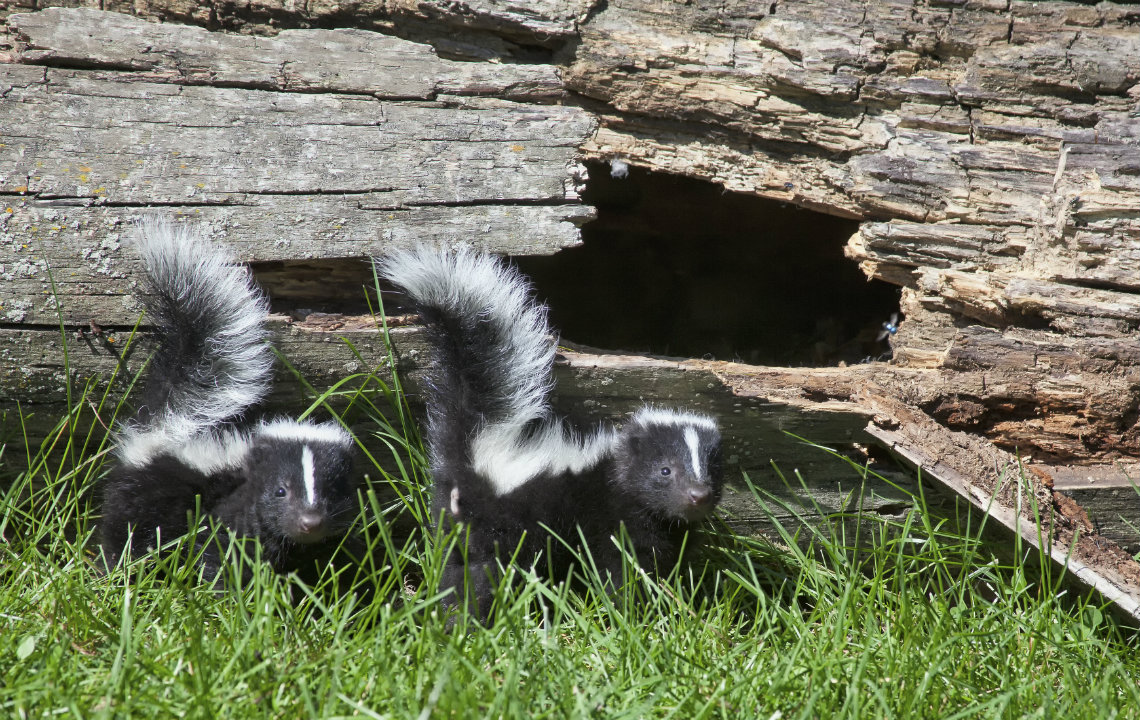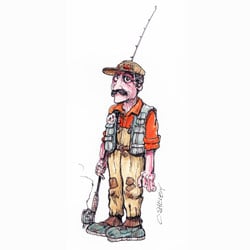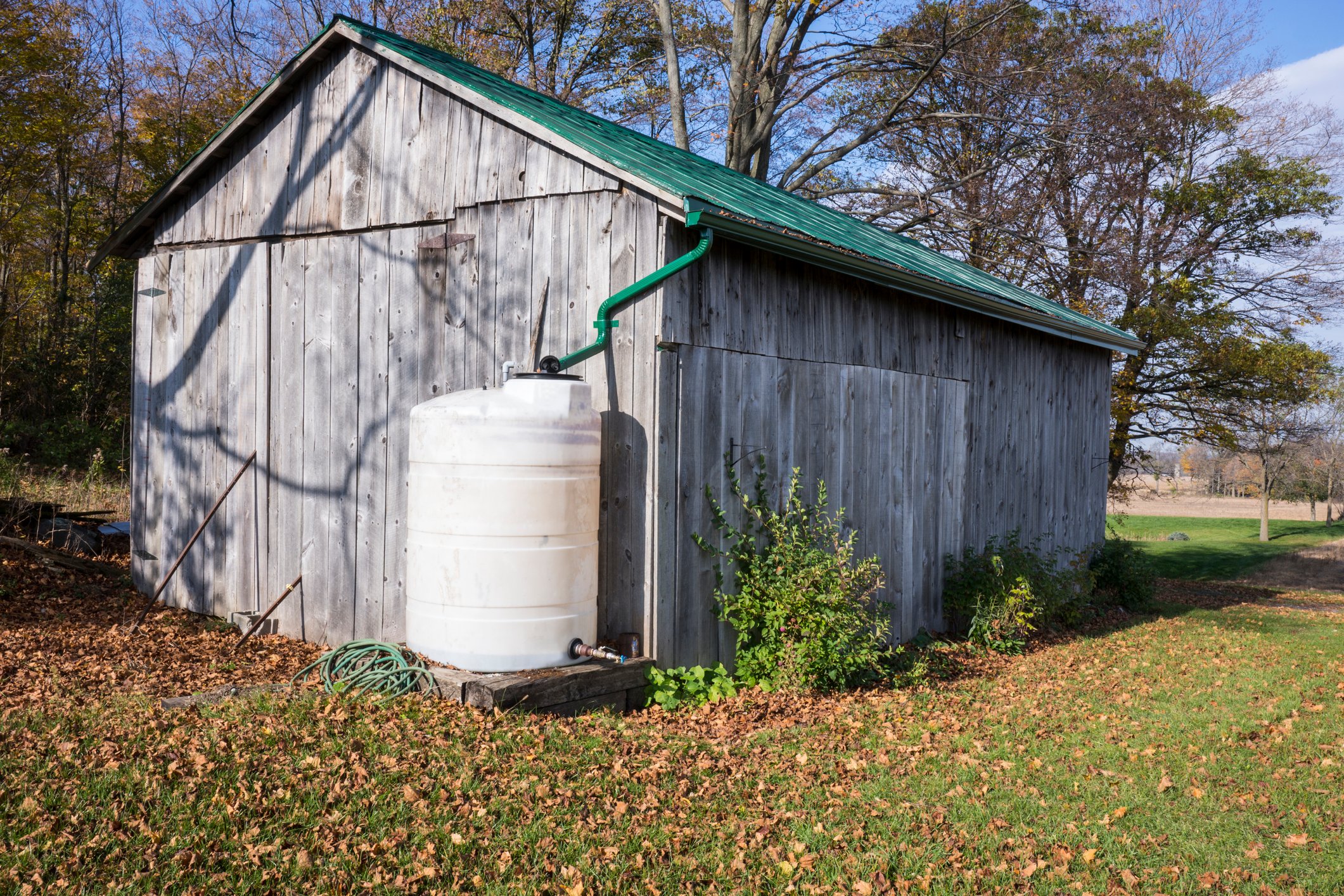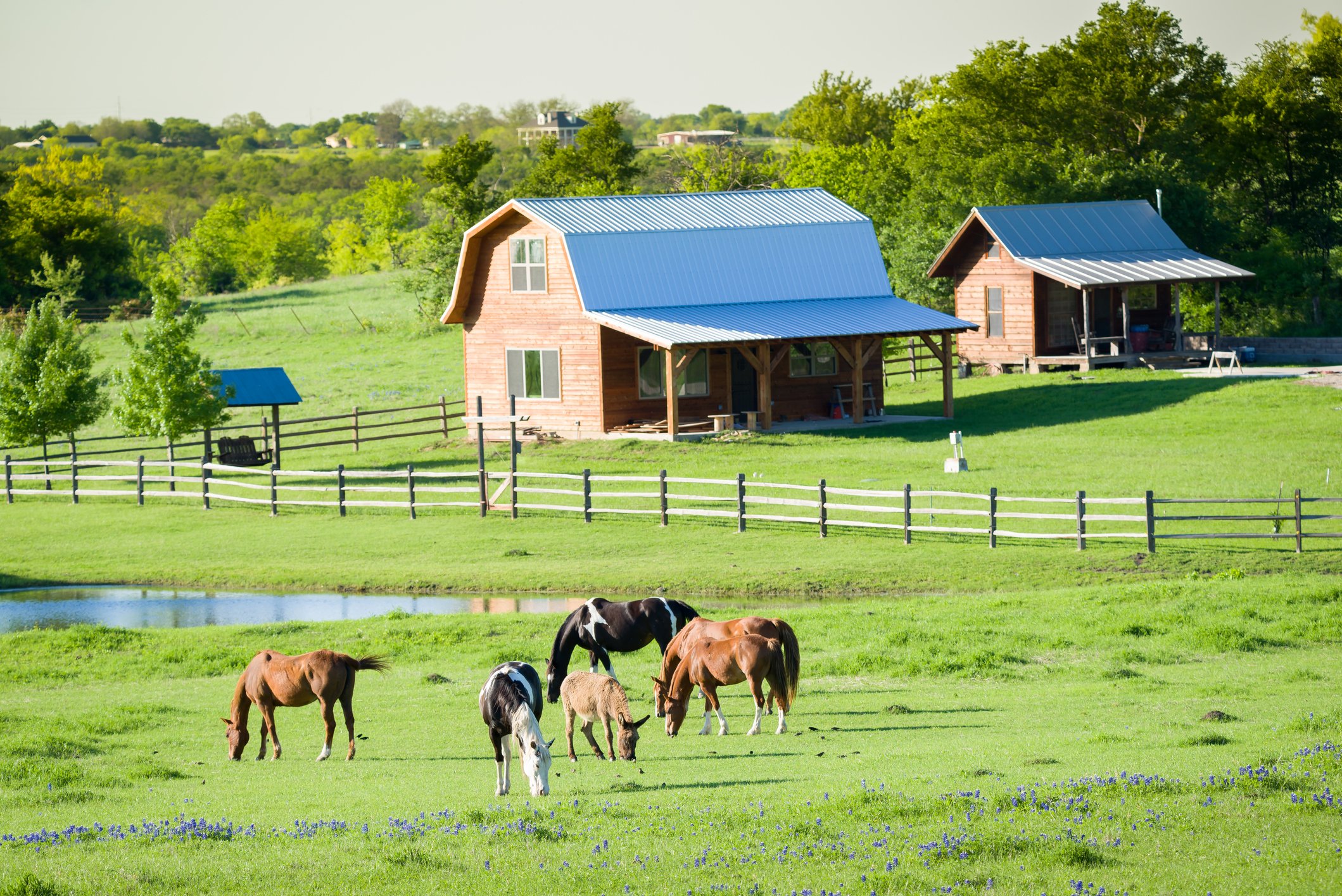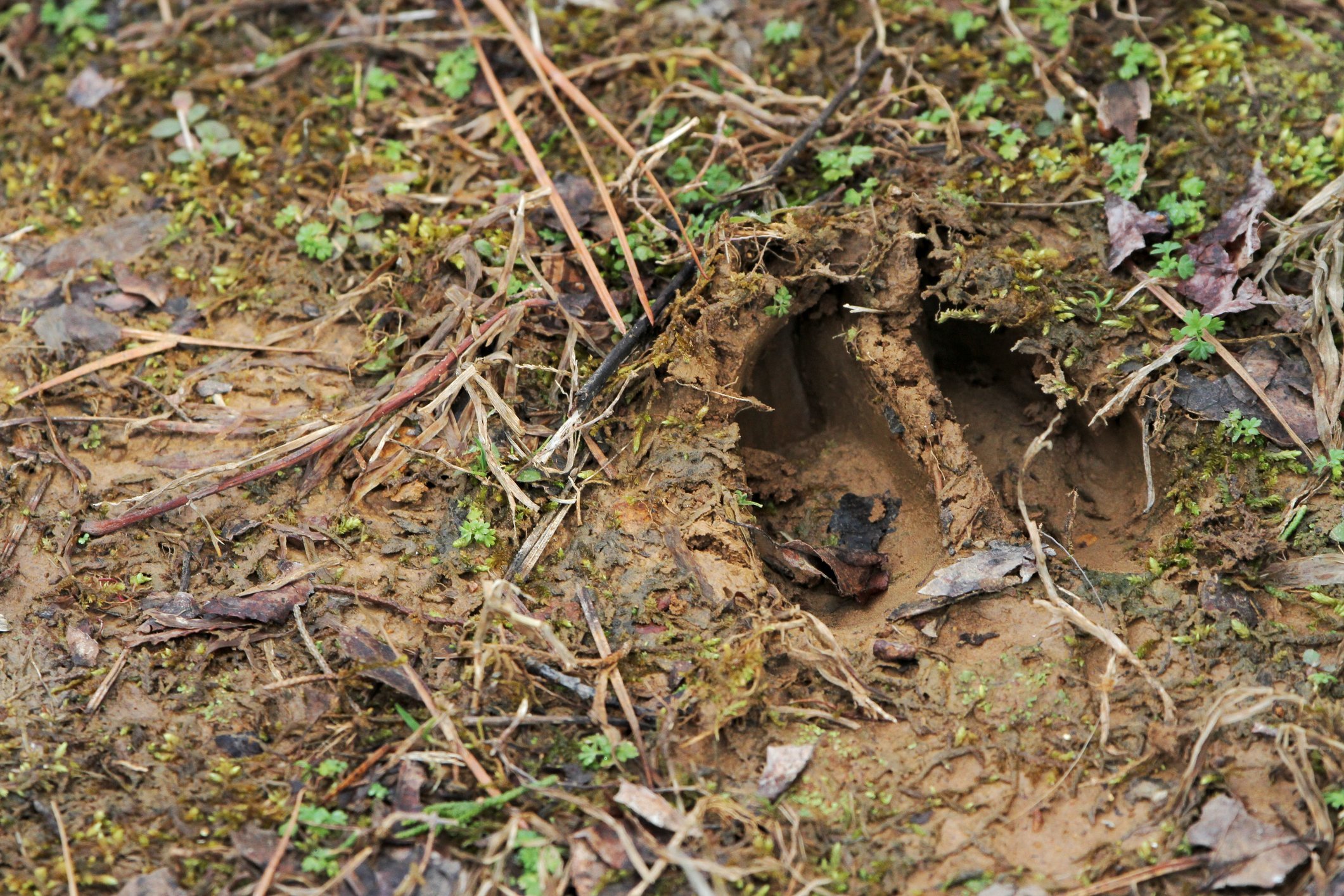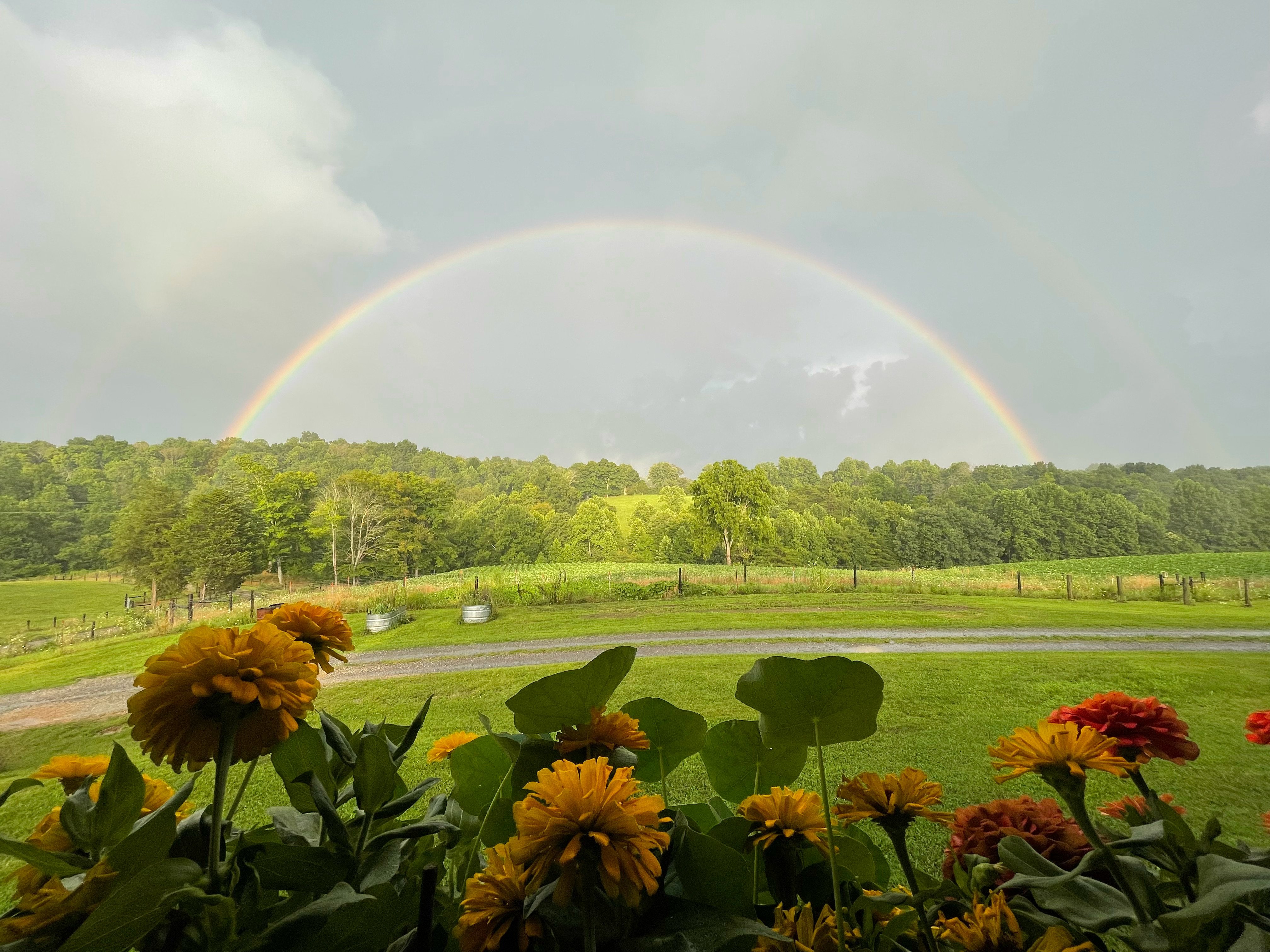When you live rural, you need to know what to expect from the wildlife around you. Jim Mize takes a humorous - but educational - look at the facts about skunks.
The striped skunk may be one of our most maligned creatures. Known more for its body odor than its beauty, this animal will never have a chance to be the state animal, be considered for a tourism mascot, or replace the Labrador retriever as our favorite pet. Maybe this would all change with a bit of understanding.
 Here are a few facts about skunks you might want to know.
Here are a few facts about skunks you might want to know.
For starters, the skunk is in the same family as the weasel and mink, though rarely are they confused. If you have trouble with this, most skunks will gladly help you sort it out.
Skunks are best known for their offensive means of defense, namely, the ability to spray a malodorous concoction off their stern for a distance of up to fifteen feet. This last fact about distance may be one of the most important facts about skunks you can learn.
A litter of skunks usually consists of 4-6 little stinkers and baby skunks can spray after they are two weeks old. Adolescent skunks tend to get into a lot of trouble in school.
Skunks eat whatever is available including garbage. In many ways, odor included, they bear a slight similarity to teenage boys.
Rodents, grubs, insects, eggs, fruit, grain, and dead animals are all part of a skunk’s balanced diet. In fact, if skunks had a food pyramid, the very top section would be roadkill.
Skunks also have sharp teeth, though this is usually not the end to worry about.
The primary predator of skunks is the Great Horned Owl, which is best known for its night vision, speed in flight, and apparently sinus trouble.
One of the good deeds skunks perform is eating yellow jackets. Skunks dig up the nests and eat them, or at least, shred the nests for larvae and eat or drive the others away. Perhaps yellow jackets do not share the owl’s sinus trouble.
Although skunks may live for up to ten years, three is typical. Generally, they live in dens and may become a nuisance by picking a spot beneath your house. This becomes a bigger issue if you have small children or dogs, especially if you care how they smell.
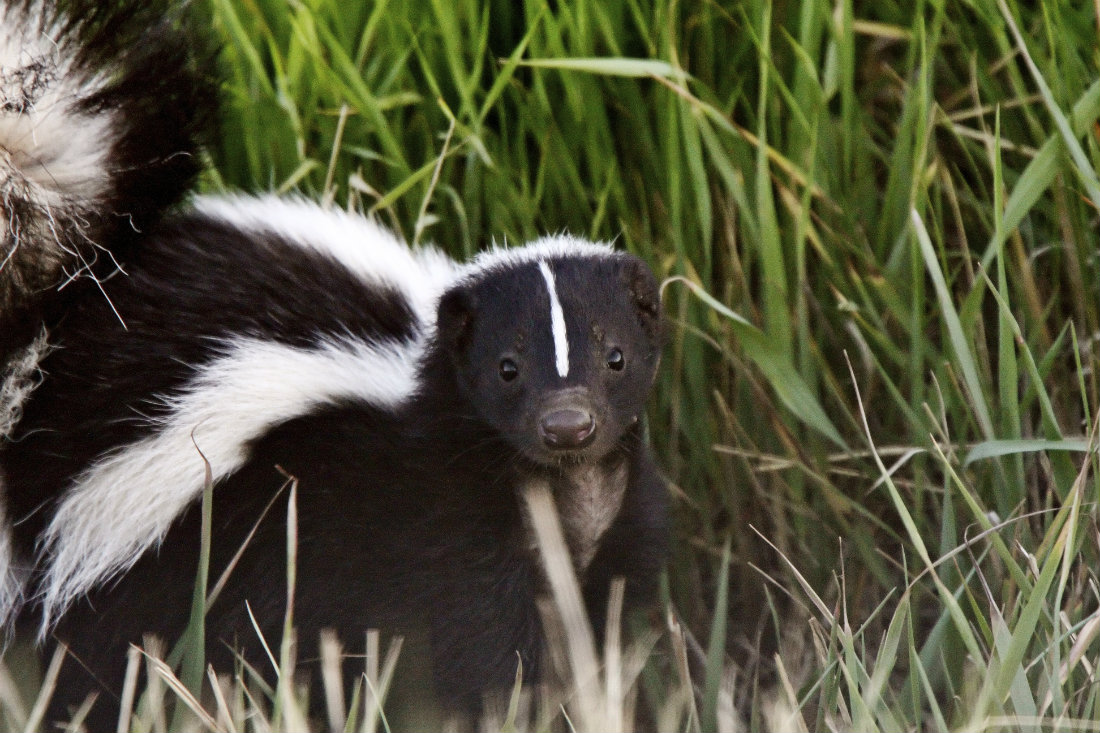
Should you find yourself unwillingly sharing your residence with a skunk, you have several options to catch the skunk. One is to call a professional, something I highly recommend. The other alternative is to trap the skunk yourself. For those who place their wallets above their social lives, here are some pointers on how to catch a skunk:
- First, find yourself a box trap, a bag large enough to hold the trap, and a clothespin for your nose.
- Baiting the trap is no problem considering the skunk’s diet. Just grab something off your teenage son’s plate and try to do so without losing a finger.
- Once you have trapped the skunk, ask yourself whatever possessed you to do such a thing. Actually, this would have been a better question to ask before trapping the skunk.
- Approach the trap gently and carefully. Turn off your cell phone, alarm watch, or any other obnoxious electronic device. On second thought, feel free to leave them on. I’ve never much liked them anyway.
- As you approach the skunk, back away if it gets perturbed. Keep doing this until the skunk can be approached calmly. For this step, allow up to three days.
- Place the trap in a bag, realizing that no bag will contain the odor if the skunk should go off. If Pepe Le Pew should fire, wait three months before planning any social events.
- For the final step, carry the skunk to a release point, remove the bag, open the trap, and move upwind at least fifteen feet.
Now, this might be a good place to discuss odor removal. Conventional wisdom usually involves solutions that include lemon juice, tomato juice or fire hydrants. If this is the best you can do, let’s hope you deer hunt; you won’t need a cover scent this year.
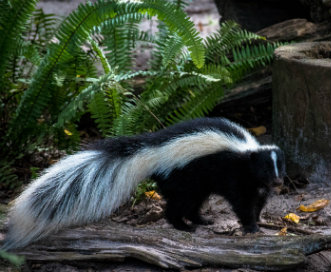 The more effective odor removers include things like hydrogen peroxide, baking soda and liquid soap. It’s at this point that the professional skunk remover will have looked like a bargain.
The more effective odor removers include things like hydrogen peroxide, baking soda and liquid soap. It’s at this point that the professional skunk remover will have looked like a bargain.
Believe it or not, skunks are often kept as pets, once their scent glands have been removed. Although they have a limited number of tricks, skunks can be useful in other ways. For instance, ever have trouble finding a seat in a crowded theatre? Try taking your skunk. People sitting next to skunks suddenly become more polite.
Also, did you ever want to liven up and shorten a PTA budget meeting? Again, try taking a skunk. Skunks seem to make everyone think more clearly, among other things, remembering where else they should have been.
Ever want to see how quickly a fire department rescue team can adjust to changing conditions? Have them come out to rescue your cat from a tree. Don’t tell them it’s a polecat until they climb up there with it.
Consider how the skunk’s plight might have changed under slightly different circumstances. For instance, what if the skunk’s aroma was pleasant instead? We might have skunk farms everywhere with them being raised for perfumes and men’s cologne. Imagine buying for the manly-man a cologne called Stars and Stripe.
We have probably missed many opportunities to improve the skunk’s image, starting with our children. For instance, Dr. Seuss, a champion of the down-trodden, could have helped a generation of children look at these animals differently with titles like The Polecat in the Hat, The Polecat in the Hat Backs Up, or Horton Smells a Who.
All things considered, skunks deserve our respect, love and affection. Particularly when you can offer it from a distance of at least fifteen feet.


